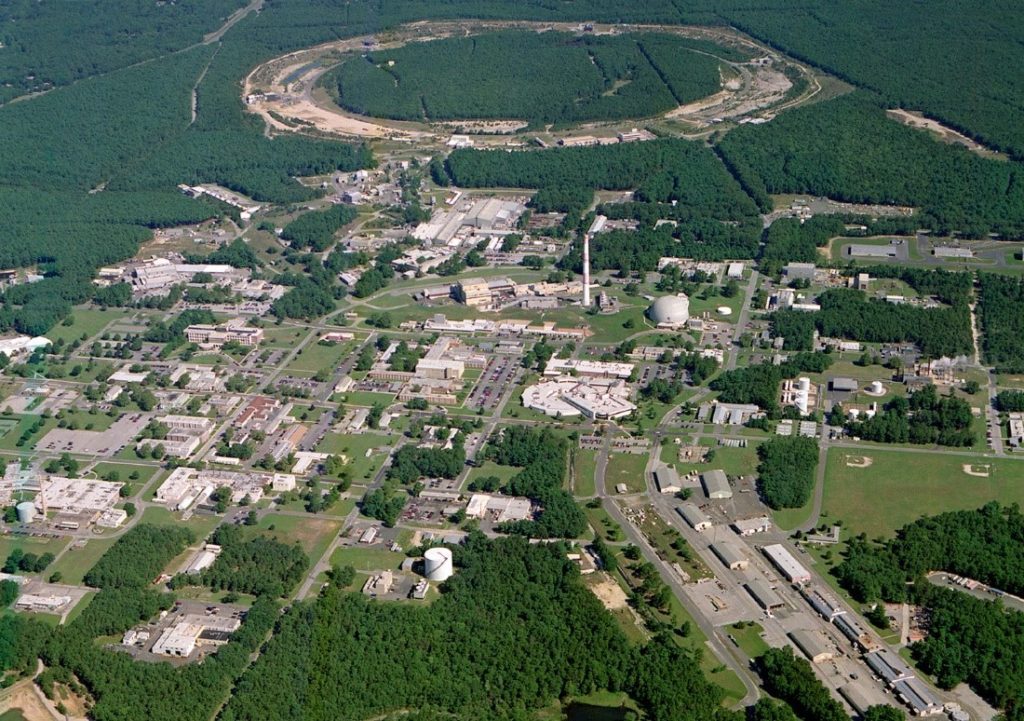Brookhaven National Laboratory – GHG Emission Analysis

Brookhaven National Laboratory
Project: GHG Emission Analysis as Part of Energy and
Sustainability Audit of 26 Buildings
Industry: Energy and Sustainability
As an integral part of the Energy and Sustainability Audit of 26 Buildings at the National Laboratory, Lizardos prepared a Baseline Energy audit of all utility usage at each building, including electricity, steam and chilled water consumption. Though each building was unique, all buildings received power from the campus electrical distribution grid powered by the New York Power Authority, rather than the regional utility LIPA/PSEG Long Island. Many of the buildings received steam and chilled water metered from the central campus distribution loops for use in HVAC systems, though some buildings utilized all electric systems. As part of the audit, the individual utility energy consumption values were converted to equivalent greenhouse gas (GHG) emissions expressed as tons of carbon. For cost comparison purposes the dollar value of carbon used was $20/ton.
Using the utility data and GHG carbon equivalency values, Lizardos then identified energy conservation measures (ECM’s) for each building to reduce both energy usage and GHG emissions. The ECM’s varied by building, but included:
- Lighting retrofit with LED fixtures and lamps
- Lighting control systems using daylight harvesting, automatic dimming, occupancy sensors, etc.
- Geothermal systems tied to water source heat pumps
- Passive solar
- Variable speed fan control for central air handling units
- Variable-air-volume air systems
- Fume hood sash control to reduce exhaust from laboratories and conditioning of associated makeup air
- Installation of energy recovery air handling units
- Measures to improve the PUE of data centers
- Building automation system control strategies including night setback and setup, economizer cycle operation, outdoor air reset of heating, etc.
- Variable speed pumping of chilled water and heating hydronic systems
- Each ECM for each building had its energy savings in BTU’s KWH and GHG emissions calculated along with estimated capital cost for implementation and simple payback period. From the analyses, the National Laboratory chose several buildings to retrofit with the ECM’s identified. Lizardos engineers designed the retrofits, and commissioned the installed systems in a series of subsequent projects.
